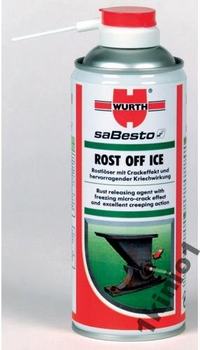Yesterday I tried everything to unscrew the brake hose and the breather from the anchor disc (the element in which all drum brake gutters are located) - rust remover, heating, wrench 10, wrench or something like a pipe wrench.
No result (only mangled screws).
How to unscrew this crap?
To be honest I have complete new anchor plates, breathers and copper brake hoses (the ones that go to the rotors) - so I'd just like to unscrew the ones I have.
Do any of you have a proven way to do this?
No result (only mangled screws).
How to unscrew this crap?
To be honest I have complete new anchor plates, breathers and copper brake hoses (the ones that go to the rotors) - so I'd just like to unscrew the ones I have.
Do any of you have a proven way to do this?





